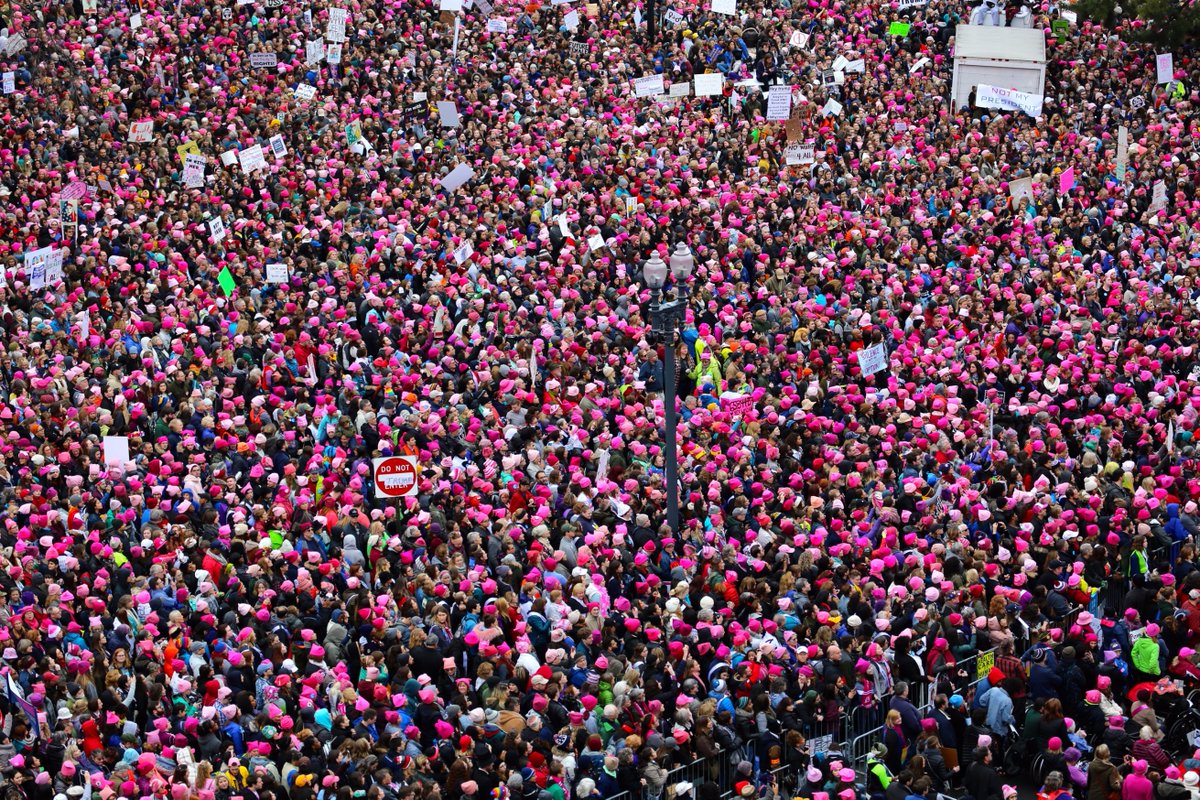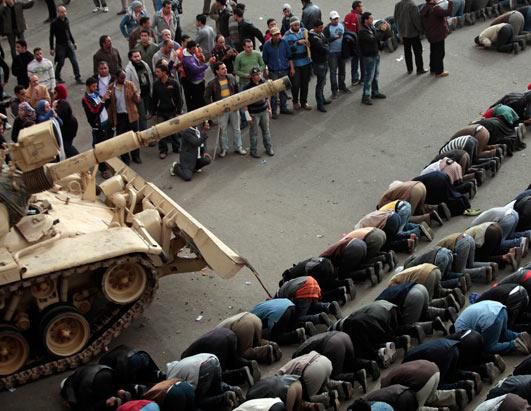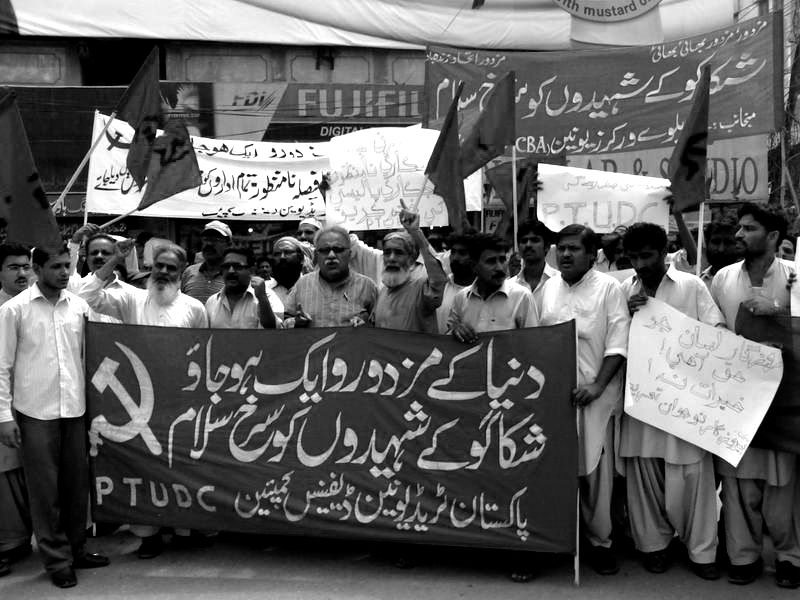Women’s March
An Islamophile intervention against women’s rights

“WE CAN DISAGREE AND STILL LOVE EACH OTHER, unless your disagreement is rooted in my oppression and denial of my humanity and right to exist,” Linda Sarsour proudly announces on her Twitter account.1 Sarsour is a self-proclaimed human rights activist and supporter of the anti-Semitic Boycott, Divestment, and Sanctions (BDS) movement. She and her Women’s March (WM) colleagues were named Women of The Year 2017 by Glamour magazine.2 However, for Sarsour, Trump’s so-called “white supremacy” seems to be the only phenomenon deserving of the term “oppression.
[Read More]

